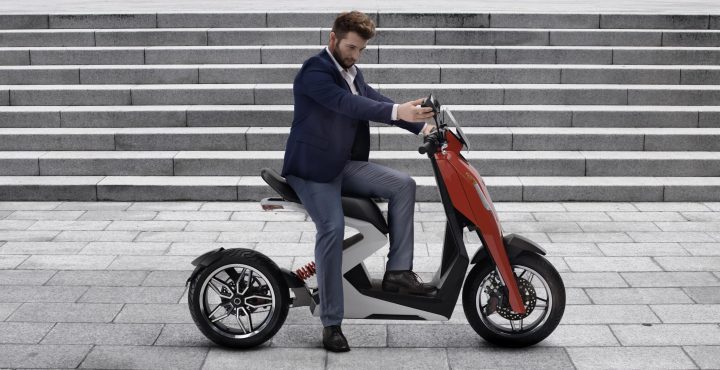University of Warwick proposes new quality and safety regulations report for e-scooters, which are expected to be outlined in the Queen’s Speech when opening Parliament today.
The UK is the last major Western economy not to legislate ‘Powered Micro Vehicles’. The University of Warwick wants to change that and has proposed a new set of regulations for allowing micromobility vehicles, such as e-scooters to operate legally in the UK.
The report looks at ways to improve the quality and safety of models available, as well as providing clear guidance for authorities to deal with unsafe behaviour.
|
WMG researchers at the University of Warwick, with support from Cenex, has published ‘Micromobility, a UK roadmap’. It is a regulatory framework that provides a set of standards for eScooters, a cargo variant and other micro vehicles, to be operated legally in the UK, which is aimed at supporting regulatory change through parliament. 100 organisations representing road users, safety groups, transport authorities and industry have helped shape the roadmap. If the roadmap was adopted, the public could legally operate eScooters and other micromobility vehicles by mid-2023. Micromobility is a key part of achieving net-zero emissions for transport. For many journeys, particularly short journeys, walking or using micromobility are much better for the environment than using a car. The economic benefits are also compelling both in the cost of the vehicle and the manufacturing opportunities. Without change many manufacturers may leave the country. |
|
The key recommendations of the roadmap are:
- The creation of a new vehicle category “Powered Micro Vehicles” and three initial new vehicle types in the category: eScooter, Light Electric Cargo Vehicle, Electric Light Moped.
- Specific standards and regulations for each vehicle type, including speed limits and weight limits.
- Vehicles must be registered and be visually identifiable.
- Cardinal design requirements around minimum wheel size and redundancy of braking systems, so there is a secondary method of slowing the vehicle down.
- Daytime running lights, a sound emitter and indicators are required to improve visibility for current road users.
- No use on the pavement in any circumstance, and instead use on roads and cycle-ways.
- Minimum ages for operating the vehicles, and PPE recommendations.
- New powers for local policing and PCSOs in England and Wales, to fine breaches and illegal use.


